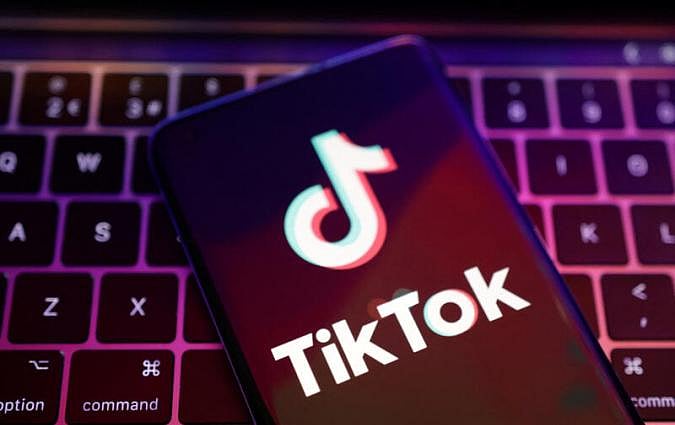Around half (49pc) of top news publishers are now regularly publishing content on TikTok – based on lists drawn from our 2022 Digital News Report covering 44 markets, according to a study of Reuters Institute for the Study of Journalism.
A large proportion of these have joined TikTok in the last year,
In order to understand the extent of mainstream media involvement with TikTok, Reuters Institute for the Study of Journalism identified the top news brands in 44 countries from their Digital News Report. Reuters Institute excluded India, where TikTok is banned, and Hong Kong, where it is unavailable.
They looked at all brands that have significant online consumption in our 2022 survey and checked to see if those brands had a presence on TikTok and had posted in the previous week. In a very few cases, they also included socially native news organisations that have a very large following on TikTok, even though they did not meet other criteria.
In all cases, Reuters Institute (RI) noted the follower numbers for each brand and, in the case of the most successful, RI also measured the average views from the last 50 posts and the date when they joined the platform.
Who are using TikTok
Publisher adoption is not evenly spread. The vast majority of Indonesian (90pc), Australian (89pc), Spanish (86pc), French (86pc), and UK (81pc) publishers operate active accounts on TikTok, along with more than three-quarters in the United States (US) (77pc), and around two-thirds in Brazil (68pc). News organisations in Japan (31pc), Italy (29pc), Denmark (27pc), and Bulgaria (7pc) have been slower to move onto the platform.
News organisations are attracted by the fast-growing audience and younger demographic, but they are also motivated by the desire to provide reliable news, amid fears about widespread misinformation on the platform.
Other publishers are staying away or engaging cautiously. Some worry about the Chinese ownership of the platform and the potential implications for free speech; others fear that the ‘TikTok-ification of news’ risks trivialising important stories as well as undermining business models that depend on referral traffic from social networks.
There is no single recipe for success on TikTok. A number of publishers use a strategy based on young creators who are native to the platform and its unique language. Others prefer to showcase the talents of the entire newsroom, making minimal changes to existing tone or content.
The process for getting ‘verified’ status on TikTok seems to be opaque and inconsistently applied. The research showed that many publishers with a strong track record for trusted content, including debunking and fact-checking, do not yet have a blue tick, especially outside the US and Western Europe.
Going forwards, our interviewees say that publishers would like TikTok to offer greater prominence, more transparency, better monetisation opportunities, and access to more detailed demographic data. Many are unhappy that TikTok sometimes takes down or limits access to hard-hitting news stories from their accounts, arguing that legitimate news providers should be treated differently.
In this report, RI starts by setting out data on the extent of publisher adoption alongside motivations for joining TikTok. The organisation pulls together top tips from TikTok creators and discusses the metrics most commonly used to evaluate success. Next, RI explores different strategies for engaging users on the platform, highlighting case studies from early pioneers as well as independent news creators and activists. Finally, Reuters Institute looks at future opportunities for monetisation and ways in which publishers would like TikTok to better support reliable and trusted news sources.
TikTok is currently one of the world’s fastest-growing social networks with its addictive algorithm surfacing an endless stream of short, entertaining videos. Until recently the network had a reputation built almost exclusively on fast-moving, funny or musical memes, but stories such as Black Lives Matter, the Covid-19 pandemic, and the war in Ukraine have helped make news a much bigger part of the mix. Changes to the platform, enabling longer videos and the promotion of live streams, have also made TikTok more attractive for news publishers looking to engage younger audiences.
Reuters Institute Digital News Report research suggests that news on TikTok is still mostly generated by social media influencers, activists, or ordinary people rather than by journalists. Qualitative studies of younger consumers show that although TikTok is loved for its humour and engaging presentation, many worry about the credibility of the information they see there and the potential for misinformation and disinformation.
